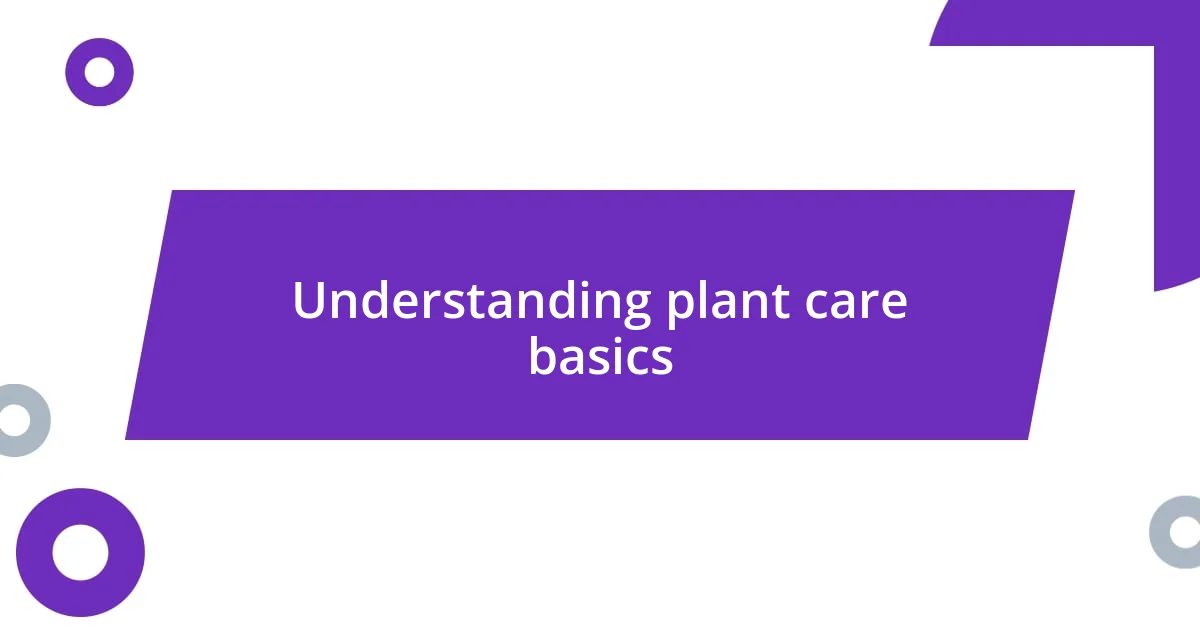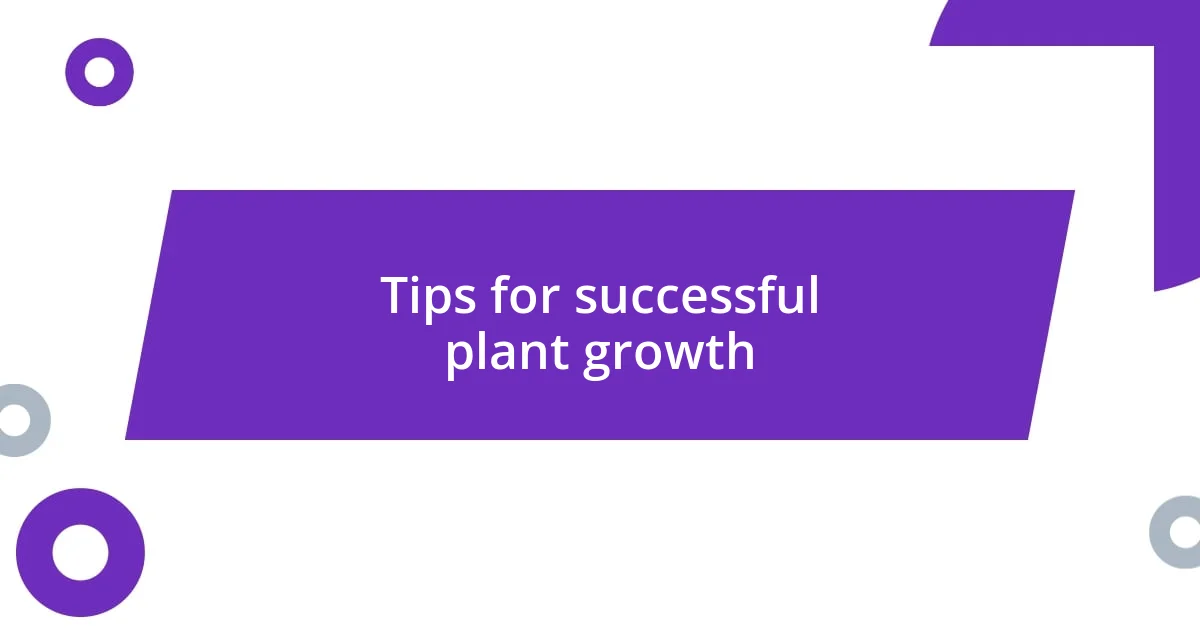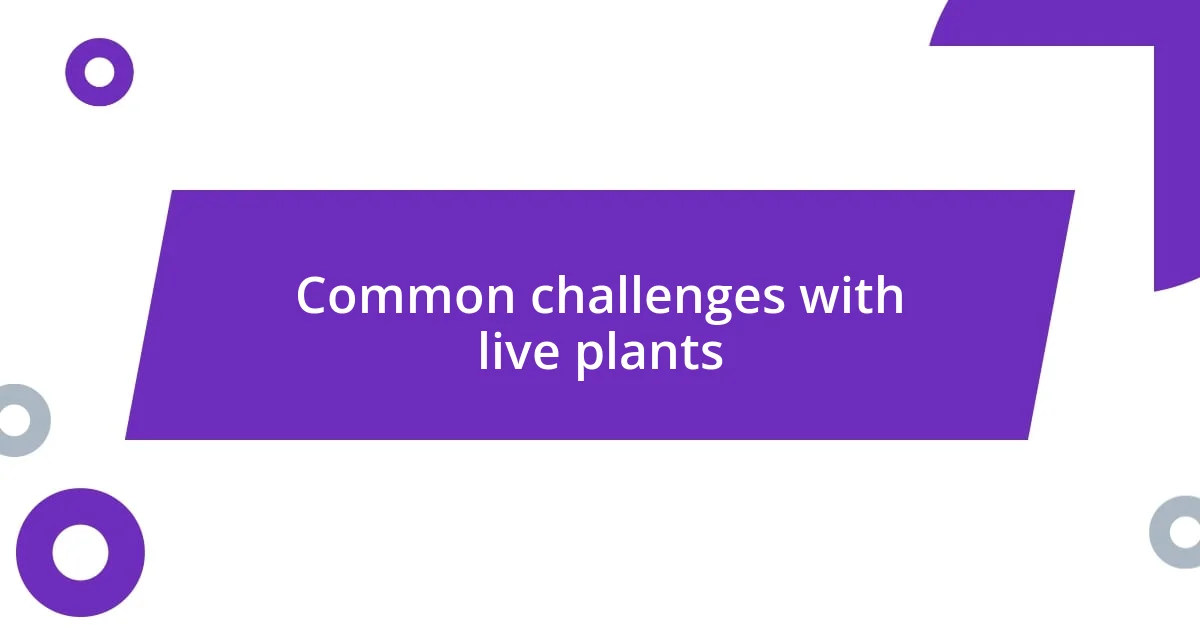Key takeaways:
- The author experienced personal growth and emotional fulfillment through nurturing live plants, discovering the joy of connecting with nature.
- Choosing the right plants based on care requirements, light conditions, and lifestyle is crucial for successful plant parenting.
- Challenges like environmental changes and pest management highlight the importance of patience and attentiveness in plant care, fostering a deeper appreciation for growth processes.

My introduction to live plants
My journey with live plants began in a small apartment where I struggled to find joy in the hustle and bustle of city life. One day, I stumbled upon a tiny succulent at a local shop, its vibrant green leaves peeking out like a little beacon of hope. I couldn’t help but wonder—could this small piece of nature truly brighten my space and lift my spirits?
As I brought that succulent home, I felt an unexpected connection growing between us. I remember the first time I watered it; my heart raced with excitement as I watched the droplets glisten against its leaves. Did I just feel a sense of purpose, nurturing this living thing? It was enlightening, making me realize how a simple act of care can lead to flourishing life.
Over time, my little collection expanded to include ferns, cacti, and even a flowering plant that seemed to dance in the sunlight streaming through my window. Each plant, with its unique care requirements, made me more aware of the rhythms of life. I often reflected on how these simple, living companions taught me patience and mindfulness in a world that often feels too fast-paced. Have you ever thought about how nurturing a plant could also be a way to nurture yourself?

Choosing the right plants
Choosing the right plants can be a delightful yet daunting task. I remember when I was overwhelmed by the sheer variety at the nursery. A well-meaning employee suggested I start with low-maintenance options, which proved invaluable. My initial selection of snake plants and pothos not only thrived but also made me feel accomplished, boosting my confidence as a budding plant parent.
It’s essential to consider not only the aesthetics but also the light and humidity conditions of your space. I learned this the hard way after placing a beautiful fiddle leaf fig in a dark corner. It wasn’t long before the leaves drooped, and I felt a mix of disappointment and guilt. Now, I always assess my home environment first, ensuring that the choices I make suit my lifestyle and living conditions.
When choosing plants, think about your lifestyle too. For instance, if you travel often, opting for succulents, which are resilient and require little water, can be ideal. This realization came after my first trip, where I returned to a withered philodendron that reminded me of my absence. Reflecting on this, I now prioritize plants that align with my schedule, making my plant care experience a joy rather than a chore.
| Plant Type | Care Requirements |
|---|---|
| Snake Plant | Low light, infrequent watering |
| Pothos | Indirect light, moderate watering |
| Fiddle Leaf Fig | Bright light, consistent watering |
| Succulents | Full sun, infrequent watering |

Understanding plant care basics
Understanding the basics of plant care is essential for every aspiring plant parent. During my early days of nurturing greenery, I often felt overwhelmed with information. It took me a while to realize that simple routines led to happier plants. For example, I learned early on that observing my plants in their environment helped gauge their needs. When I noticed yellowing leaves on my pothos, it was a gentle reminder that perhaps I had watered too much. What I discovered was a rhythm: water, light, and time.
Here are some essential care basics that can make a big difference:
- Watering: Always check the soil moisture; overwatering is a common mistake.
- Light: Understand the light needs of each plant; some thrive in direct sunlight while others prefer shade.
- Humidity: Some plants, like ferns, enjoy a more humid environment, so consider misting them occasionally.
- Soil: Choosing the right potting mix ensures drainage and nutrition; succulents benefit from a gritty mix.
- Temperature: Keep plants away from drafts or extreme heat; they prefer stable temperatures.
Connecting these care practices to my plants’ responses helped me feel more attuned to their needs. For instance, I’ll never forget the surge of joy I experienced when my first fern perked up after a gentle misting session. Just watching it transform brought tears of happiness. This emotional bond assured me that learning the basics goes beyond rules—it becomes a conversation between you and your plants.

Tips for successful plant growth
When it comes to nurturing plants, I find that consistency is key. I used to water my plants whenever I remembered, which led to some unpredictable growth. Once I established a routine, checking in on my plants every Sunday became a mini self-care ritual. I would even pause to chat with them, and I swear they responded positively to my (probably silly) encouragement!
Another tip I’ve picked up is knowing the signs of stress. Each plant expresses its needs differently, much like us. The first time my peace lily drooped, my heart sank—I thought I had failed. But learning that plants show signs like wilting or browning leaves when they’re thirsty taught me to pay attention. This experience made me realize that being attentive creates a bond, as if my plants were communicating with me.
Lastly, don’t underestimate the power of pot choice. I’ll never forget the day I transferred my rubber plant into a terracotta pot. The improved airflow and drainage made such a difference, and watching it thrive afterward felt like a reward for my efforts. Have you ever noticed how much more vibrant a happy plant can look? It’s these little victories that keep me motivated on my plant journey.

Common challenges with live plants
Common challenges with live plants often stem from a misread of their needs. I remember a time when my beloved fiddle leaf fig nearly met an untimely end due to unexpected temperature fluctuations. After moving it too close to an air vent, its leaves began to curl and drop, leaving me feeling defeated. It was a wake-up call to recognize that even seemingly minor environmental changes can drastically impact a plant’s health.
Another hurdle I faced was grappling with pests. The first time I spotted tiny bugs on my spider plant, panic set in. I mistakenly thought I was the worst plant parent ever. But after some research, I discovered that even the most seasoned plant enthusiasts deal with pests. Now, keeping a natural insecticidal soap handy has become part of my plant arsenal, transforming what once felt like a setback into just another aspect of plant care.
Lastly, I’ve found that patience is perhaps my greatest challenge. I often wanted instant results—like blooming blossoms on my orchids. It was disheartening to watch them take their sweet time, and sometimes I wondered if I was doing something wrong. However, embracing that waiting game allowed me to cultivate a deeper appreciation for the growth process. Each little bud that eventually forms feels like a triumph, reminding me that good things come to those who wait.

Enhancing your living space
Adding live plants to your home can transform your living space in ways you might not expect. I still remember the first time I brought a snake plant into my apartment—it was an impulse buy, and honestly, I didn’t think much of it. Yet, as the vibrant green leaves sprouted, they breathed new life into a previously dull corner. What is it about greenery that instantly uplifts our mood?
The placement of your plants also plays a huge role in how they enhance your space. I experimented with arranging my pots on various shelves and windowsills. When I finally settled on a mix of heights, letting some plants cascade down from higher shelves, it created a beautiful and dynamic visual contrast. Isn’t it fascinating how a little rearranging can make such a significant difference in aesthetics?
Moreover, I discovered that plants don’t just beautify your home; they also improve air quality. Once I learned about the air-purifying benefits of certain varieties, like my peace lily—now a staple in my living room—I felt more connected to my space. Knowing that I was breathing cleaner air while enjoying the soothing presence of nature made the whole experience feel even more rewarding. After all, who wouldn’t want their home to be a sanctuary of well-being?

Reflections on my plant journey
Reflecting on my plant journey brings to mind the sheer joy I felt when my first plant, a cheerful pothos, thrived. I remember the day I spotted those first trailing vines reaching for the sunlight—it was like receiving a little gift from nature. Has a single plant ever brightened your day in such a profound way? For me, that moment ignited a passion for nurturing life.
There were times, however, when I felt a mixture of frustration and defeat. I could hardly forget the moment I accidentally overwatered my peace lily, watching helplessly as it drooped and cried out for help. At that point, I realized how deeply connected I had become to my plants. It wasn’t just about homemaking; it felt like a partnership. Each time I resurrected a struggling plant, I gained confidence and learned more about the delicate balance of care.
As I look back, I cherish the lessons hidden in this journey. There’s this undeniable magic that comes with nurturing plants—each layer of growth teaches patience and resilience. I often think about the slow unfolding of a new leaf or the surprise of unexpected blooms. Isn’t it amazing how these green companions push us to be more present in our lives? They have taught me to slow down and appreciate the subtle beauty of every stage of growth, which is a lesson that resonates far beyond the potted confines of my home.














